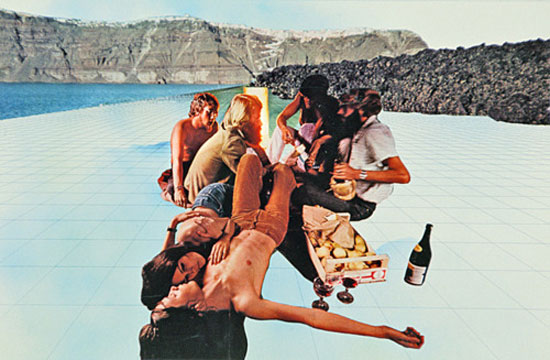Bruce Sterling, The Epic Struggle of the Internet of Things, (Moscow: Strelka Press, 2014).
Michael E. Porter and James E. Heppelmann, “How Smart, Connected Products are Transforming Competition,” Harvard Business Review (November 2014): 65.
I quote Matt Webb, formerly of BERG, with no guarantees that he said it first.
Reyner Banham, The Architecture of the Well-Tempered Environment (Amsterdam: Elsevier, 2013), 278.
Dave Eggers, The Circle (New York: Penguin, 2013), 126.
Hannah Arendt, “The Vita Activa,” in The Portable Hannah Arendt, ed. Hannah Arendt and Peter R. Baehr (New York: Penguin, 2003), 212.
Jeffrey Myers, ed., George Orwell (New York: Routledge, 2002), 25.
Rem Koolhaas interviewed in the Guardian, March 12, 2014.
Dan Hill, “We need a Prouvé of plumbing, a Rogers of rewiring, an Utzon of U-values” dezeen, May 1, 2014.
James Bridle, “The Cloud,” Icon magazine, February 16, 2015.
Keller Easterling, The Action is the Form: Victor Hugo’s TED Talk (Moscow: Strelka Press, 2012).
